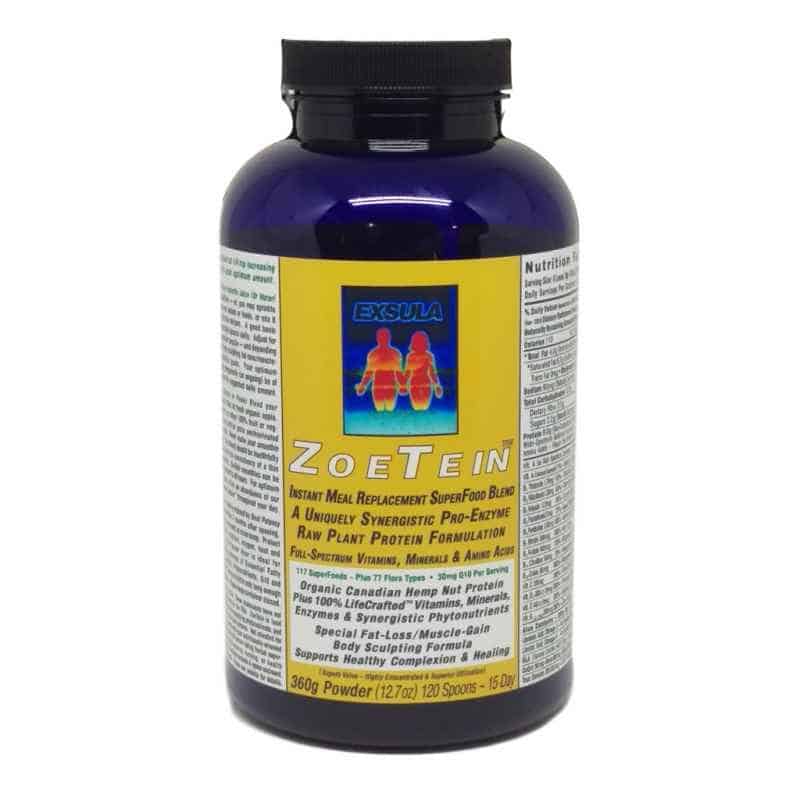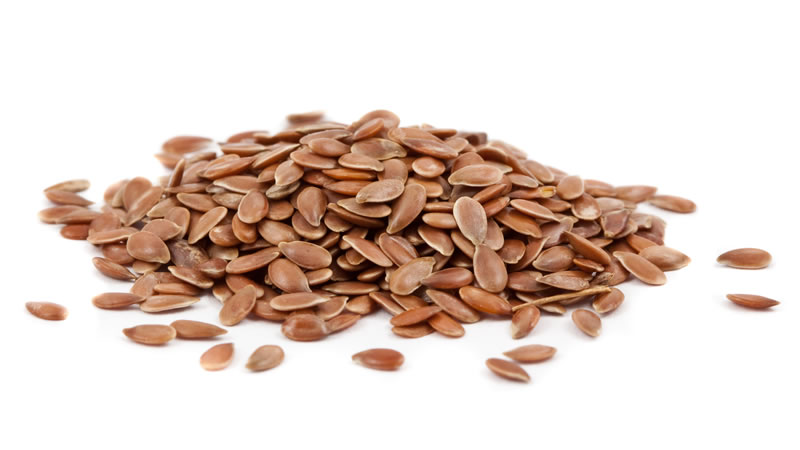No products in the cart.
Soaking Nuts and Seeds
Nuts and seeds are a great snack option for many people; they are easy to carry around, bring to work, take on hike or trip as a part of the food supplies. Most of them are packed with nutrients like good fats, minerals including magnesium, zinc, copper, calcium, and selenium and also vitamins. Different nuts and seeds contain different nutrients in varying amounts. Eating them as part of a meal is a wonderful idea. You can eat them straight from the bag, sprinkle them over your salad, or blend them in a food processor to create delicious nut butter spreads that taste amazing with apple slices, can be used for baking, or just eaten with a spoon straight from the jar. Let’s take a look at some of the options in the nuts and seeds family, along with their nutritional value.
Almonds are probably the most popular nuts. They are great source of manganese, copper, magnesium, and vitamin E. They are also a good source of protein, but they do not contain all the essential amino acids we need to build and maintain our bodies. But still they are a decent go-to option.
Macadamia nuts are very low in polyunsaturated fats (PUFA), and rich in thiamine, copper, and manganese. Macadamias are very low in phytic acid, making them one of the healthiest nuts, even in higher amounts.
Walnuts, pine nuts and pecans are all high in PUFA, while chestnuts on the other hand are very low in them, because they are more starchy than fatty. Chestnuts are the only nuts that can be roasted at high temperatures and are also the only nuts rich in vitamin C.
Brazil nuts are very important, even though they are fairly high in PUFA. Brazil nuts are an excellent source of selenium. Selenium plays a major role in thyroid health, especially for people with mercury dental fillings. Only two Brazil nuts a day are more than enough to avoid deficiency.
All seeds including pumpkin, sunflower, sesame, and flax are rich in magnesium, manganese, and copper. We can get the most magnesium in pumpkin seeds and turn to sesame seeds for calcium. Flax seed is believed to be very high in beneficial omega-3 fats, but because of the high level of omega-6s, it is generally recommended to obtain your omega-3s from fatty fish and grass-fed meat if possible. Both omega-3 and omega-6 are essential fatty acids and we need them in our diet, but too much omega-6 is actually pro-inflammatory. On a short term basis pro-inflammatory ability is critical for healing and fighting infections, but constant high levels of omega-6 keep our body in low-level inflammation mode all the time. Keeping a good balance between omega-3 and omega-6 is therefore important for maintaining our body’s ability to heal.
Many people don’t know that peanuts are actually legumes, not nuts. They have a poor fatty acid profile, are very high in lectins, and also aflatoxin which is a known carcinogen. Peanuts are also one of the most common food allergens. Now to some bad news. Most nuts contain anti-nutrients that are actually harmful to our bodies. Lectins are compounds that can irritate the gut lining and Phytic acid is known for binding minerals and blocking their absorption, so even though we eat mineral rich nuts and seeds, this acid makes them unavailable to us. Many kinds of nuts are also rich in omega-6 fat, something we usually get in abundance in our diet. Overdoing it with nuts can actually be problematic, and depending on the amount consumed, even toxic.
Polyunsaturated fats react very easily with oxygen, heat and light, making them rancid and toxic for human consumption. For that reason, nuts should be either consumed unroasted, stored in the fridge in an airtight container, and also soaked overnight in a salty water. Nut oils should always be sold and stored in dark glass bottles. Transparent glass does not block the direct sunlight, making the oil rancid and bad for you even before you open the bottle. You also should not be using these nut oils for high-temperature cooking, but they are perfect as an addition to raw meals or dressings. For example walnut oil or pumpkin seed oil are extremely delicious with salads.
Soaking the nuts overnight is a very easy process that doesn’t require much effort. Just put them in a glass jar filled with water and some sea salt, leave it there overnight, rinse, and allow them to dry under the sun or in a dehydrator. By soaking you can get rid of most of the anti-nutrients including phytic acid, neutralize enzyme inhibitors, and make vitamins more available to our bodies. Some people who don’t tolerate nuts very well may find that soaking helps nuts be more digestible. If you want to learn more details about soaking nuts and all the benefits of this simple process, tune in for the Life Enthusiast podcast episode dedicated to this topic.
Another great thing we can do with our soaked nuts is making our own homemade nut milk. Store bought almond milks are actually full of unhealthy ingredients like added sugar or soy lecithin, and often contain only 2% almonds, which is pretty shocking. Blending your soaked almonds with pure water and then straining the mixture through cheesecloth is the easiest way to make your own delicious tasting, fresh almond milk with just two ingredients (if we actually count water as an ingredient). It saves you a lot of money, and gives you a healthy option in case you can’t or don’t want to consume dairy. You don’t have to stick to almonds either! Hazelnuts or cashews (or even mix of different ratios of your favorite nuts) make a tasty milk as well.







